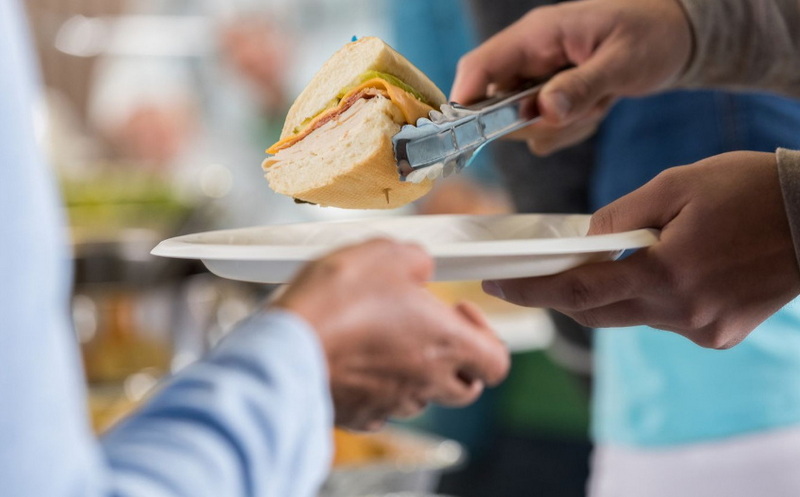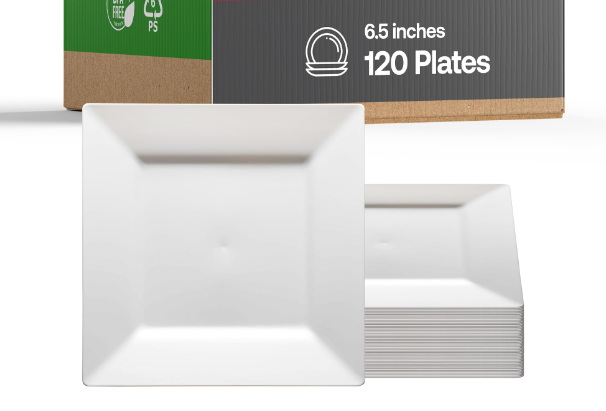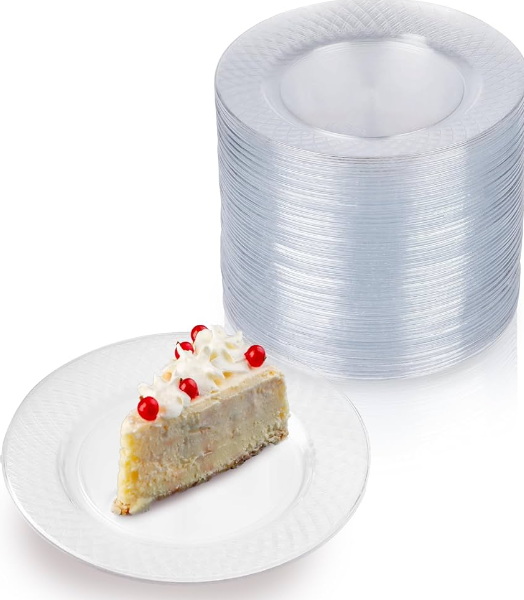
Content Menu
● Introduction to Disposable Dosa Plates
>> Types of Disposable Dosa Plates
>>> 1. Plastic Disposable Dosa Plates
>>> 2. Biodegradable Disposable Dosa Plates
>>> 3. Paper Disposable Dosa Plates
● Recyclability of Disposable Dosa Plates
>> Plastic Plates
>> Biodegradable Plates
>> Paper Plates
● Eco-Friendly Alternatives
>>> 1. Areca Leaf Plates
>>> 2. Sugarcane Bagasse Plates
>>> 3. Banana Leaf Plates
● Challenges in Recycling Disposable Dosa Plates
● Future Directions
● Conclusion
● FAQs
>> 1. What types of disposable dosa plates are recyclable?
>> 2. Can biodegradable dosa plates be recycled?
>> 3. Are paper dosa plates recyclable?
>> 4. What are some eco-friendly alternatives to disposable dosa plates?
>> 5. How can we promote the recycling of disposable dosa plates?
In recent years, the environmental impact of disposable tableware has become a significant concern. Among various types of disposable plates, disposable dosa plates have gained popularity due to their convenience and use in cultural events. However, the question remains: can these plates be recycled? In this article, we will delve into the types of disposable dosa plates, their recyclability, and explore eco-friendly alternatives.

Introduction to Disposable Dosa Plates
Disposable dosa plates are commonly used in Indian cuisine, particularly for serving dosas, a traditional South Indian dish. These plates are often made from materials like plastic, paper, or biodegradable materials such as sugarcane bagasse or Areca leaves. The choice of material significantly affects the environmental impact and recyclability of these plates.
Types of Disposable Dosa Plates
1. Plastic Disposable Dosa Plates
- These are made from various types of plastic, such as polypropylene (PP) or polystyrene (PS), which can be recyclable under proper conditions. However, the recycling process for plastic plates involves sorting, cleaning, and reprocessing, which can be complex and costly. Plastic plates are widely used due to their durability and affordability but contribute to plastic waste if not recycled properly.
2. Biodegradable Disposable Dosa Plates
- Made from materials like sugarcane bagasse or Areca leaves, these plates are biodegradable and compostable. They offer a sustainable alternative to plastic plates by decomposing naturally within a short period. Biodegradable plates are gaining popularity as consumers become more environmentally conscious.
3. Paper Disposable Dosa Plates
- While paper plates are generally recyclable, those contaminated with food residue cannot be recycled. The recycling process involves grinding the paper into pulp and reusing it. However, most paper plates used for food are not recyclable due to grease and other contaminants.
Recyclability of Disposable Dosa Plates
Plastic Plates
Plastic dosa plates can be recycled if they are made from recyclable plastics like PP or PS. However, the process requires careful sorting and cleaning to ensure they can be reprocessed into new products. The recyclability of plastic plates depends on local recycling facilities and practices.
Biodegradable Plates
Biodegradable plates made from sugarcane bagasse or Areca leaves are not recycled in the traditional sense but can be composted. They decompose naturally, reducing landfill waste and contributing to a more sustainable environment. Composting these plates requires minimal infrastructure and can be done at home or in community gardens.
Paper Plates
Paper dosa plates are recyclable if they are not contaminated with food residue. However, most paper plates used for food are not recyclable due to grease and other contaminants. Improving recycling practices for paper plates involves developing technologies to handle contaminated paper more effectively.

Eco-Friendly Alternatives
In addition to recyclable materials, there are several eco-friendly alternatives to traditional disposable dosa plates:
1. Areca Leaf Plates
- Made from Areca leaves, these plates are biodegradable and compostable. They are durable and can withstand hot foods without leaking. Areca leaf plates are a popular choice for outdoor events and festivals due to their natural look and eco-friendly nature.
2. Sugarcane Bagasse Plates
- These plates are made from sugarcane waste and are biodegradable. They are microwave-safe and resistant to oil and water. Sugarcane bagasse plates are widely used in restaurants and cafes as a sustainable alternative to plastic plates.
3. Banana Leaf Plates
- Traditionally used in South Indian cuisine, banana leaves are biodegradable and compostable. They are considered healthy and enhance the flavor of food. Banana leaves have been used for centuries in traditional Indian cooking and are now gaining popularity worldwide for their eco-friendly properties.
Challenges in Recycling Disposable Dosa Plates
Despite the potential for recycling, several challenges hinder the effective recycling of disposable dosa plates:
1. Infrastructure: Many regions lack adequate recycling facilities, especially for biodegradable materials. Improving infrastructure is crucial for enhancing recycling rates.
2. Public Awareness: Educating consumers about the recyclability of different materials and the importance of proper disposal is essential. Public awareness campaigns can significantly increase recycling participation.
3. Economic Factors: Recycling processes can be costly, and economic incentives are often needed to encourage businesses and individuals to adopt sustainable practices.
Future Directions
As environmental concerns continue to grow, the demand for eco-friendly disposable dosa plates is expected to increase. Innovations in biodegradable materials and recycling technologies will play a crucial role in reducing waste and promoting sustainability. Governments and businesses can support this shift by investing in green technologies and implementing policies that encourage the use of recyclable and biodegradable materials.
Conclusion
Disposable dosa plates can be recycled or composted depending on their material. While plastic plates can be recycled under proper conditions, biodegradable plates offer a more sustainable option by naturally decomposing. As consumers become more environmentally conscious, the demand for eco-friendly disposable dosa plates is increasing. By choosing biodegradable or recyclable options, we can significantly reduce plastic waste and contribute to a greener future.

FAQs
1. What types of disposable dosa plates are recyclable?
- Answer: Plastic dosa plates made from recyclable plastics like polypropylene (PP) or polystyrene (PS) can be recycled. However, they require proper sorting and cleaning.
2. Can biodegradable dosa plates be recycled?
- Answer: Biodegradable dosa plates, such as those made from sugarcane bagasse or Areca leaves, are not recycled in the traditional sense but can be composted. They decompose naturally, reducing waste.
3. Are paper dosa plates recyclable?
- Answer: Paper dosa plates can be recyclable if they are not contaminated with food residue. However, most paper plates used for food are not recyclable due to grease and other contaminants.
4. What are some eco-friendly alternatives to disposable dosa plates?
- Answer: Eco-friendly alternatives include Areca leaf plates, sugarcane bagasse plates, and banana leaf plates. These are biodegradable and compostable, offering a sustainable option to traditional plastic plates.
5. How can we promote the recycling of disposable dosa plates?
- Answer: Promoting recycling involves educating consumers about the types of recyclable materials, implementing proper recycling facilities, and encouraging the use of biodegradable alternatives. Government regulations and incentives can also play a crucial role in enhancing recycling practices.

















